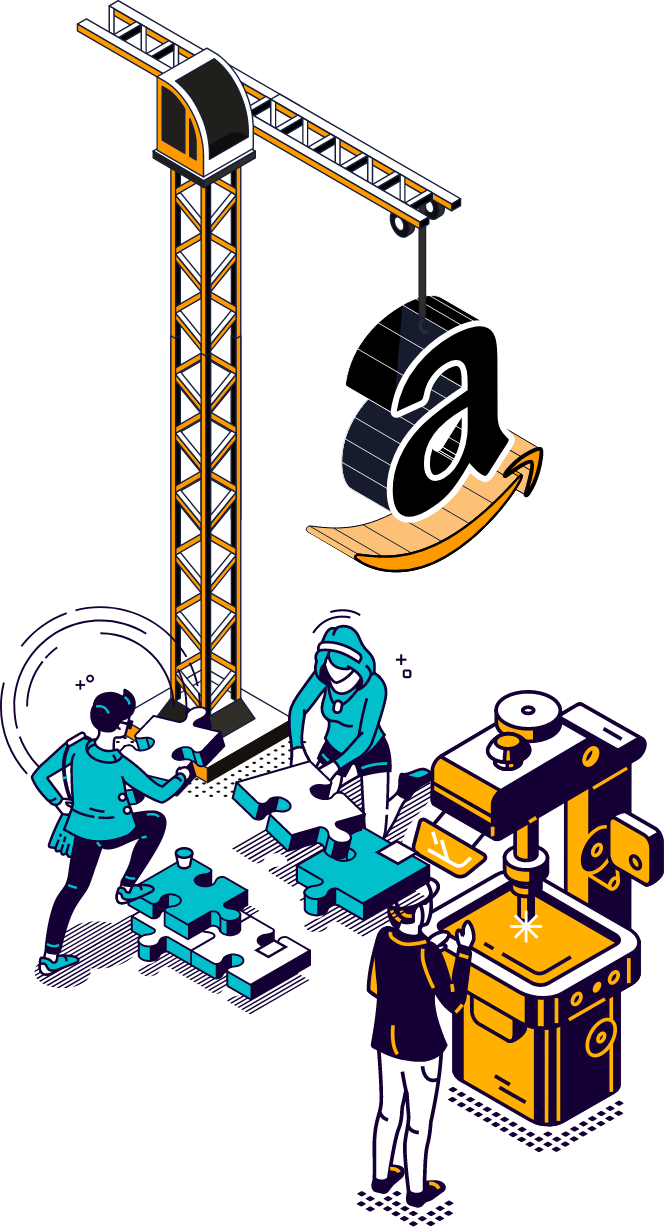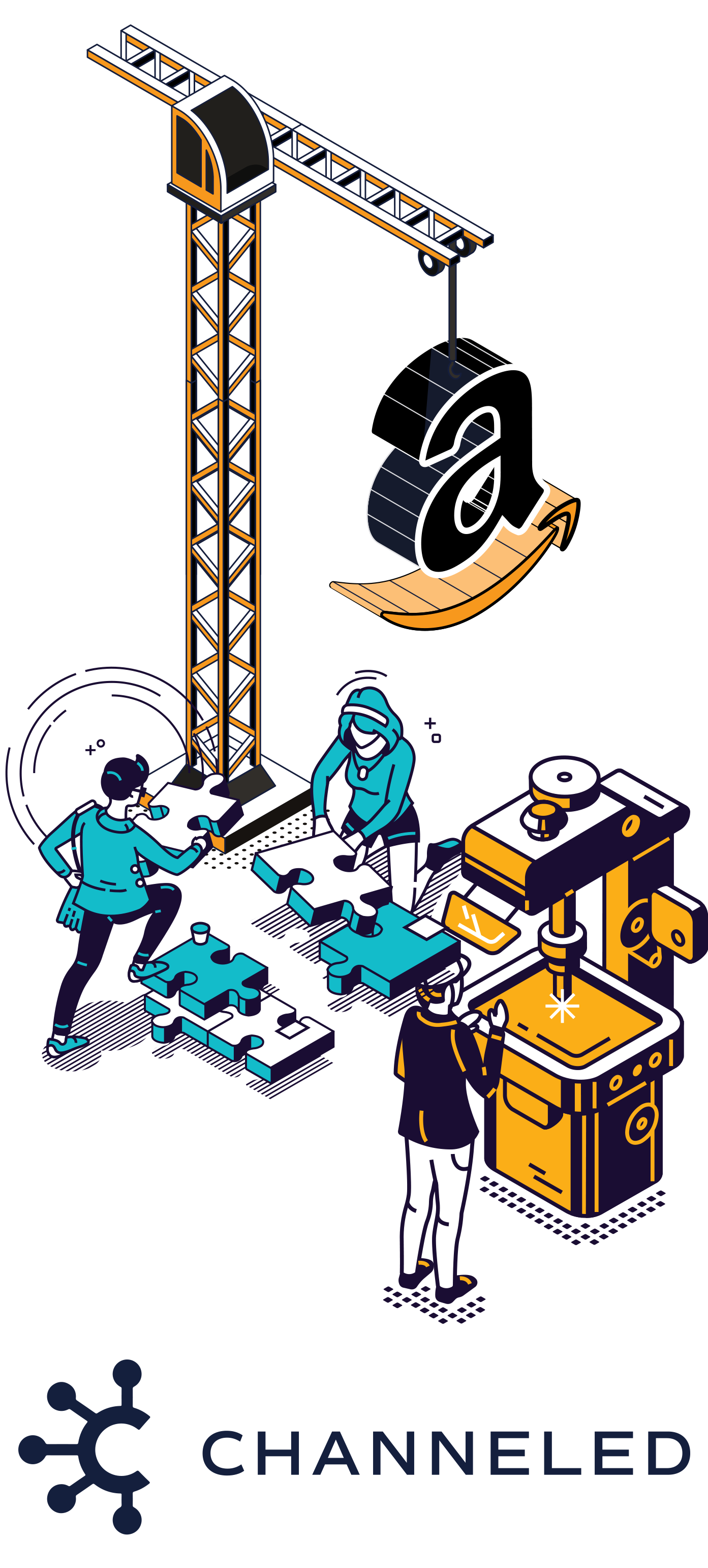This blog post was originally published as a LinkedIn article on May 4, 2022.
We want to share our perspective on the TechCrunch article published Monday, May 2, 2022 about announced layoffs at Thrasio.
We’ve been following the space and believe things could get worse…
Trouble in the land of the “aggregator”
The article confirmed what many industry insiders assumed or knew to be the case – there is trouble in the land of the “aggregator”. The fundamental premise of these groups is being questioned – and the valuation of their underlying acquisitions and assets challenged.
In the recent past, Amazon for small and mid-size business presented, and still does to an extent, a greenfield for launching and growing a brand. Amazon created a great platform to launch and validate the market for products, and get in front of millions of customers quickly. Its handling of logistics and operational support via the FBA network also helped those same small and mid-size brands to scale rapidly without additional business complexities.
This dynamic fueled the much discussed “reversal of the retail cycle” where brands skipped physical retail for the speed and efficiencies of direct-to-consumer selling where scale could be proven before approaching physical retail.
The concept
While it may seem a novel concept – to acquire a portfolio of businesses we do not need to look far for excellent examples of Private Equity (PE) operators which grew their portfolios via an advantageous understanding of a particular market niche, a particular type of manufacturing, or a proven history of scaling brands through the delivery of efficiencies. This same model, or so it was supposed to be, was being applied by Amazon Aggregators. This playbook is in fact a simple recycle employed by PE many times over.
A confluence of opportune circumstances made the marketplace ripe for aggregation or “roll-up”. A rapidly growing swath of small to midsize businesses historically ignored by acquirers or providers of financing eagerly welcomed exits or partnership and aggregators with access to staggering amounts of cheap debt capital based on troubling valuations were deploying it into thousands of acquisitions – the perfect storm.
The value proposition to investors was teams assembled to rapidly purchase, operate, and scale these acquired brands both on Amazon and into other new sales channels.
The unraveling
The trouble with the Amazon Aggregator space has been that it is essentially the Wild West – with aggregators often acquiring brands without a thorough understanding of either the viability of the target OR the space in which the target operates. Unlike a good PE operator, Amazon Aggregators in many cases didn’t even have the expertise in-house to properly diligence brands let alone operate them once they acquired them. They often outsourced this work to agencies. Operational expertise was being developed on the fly.
They were learning in real time what PE has understood for a long time. Buying is the easy part. Operating and scaling is far more difficult. Just before and during the rapid growth of Amazon 3rd party selling, especially during COVID, many brands experienced significant sales growth.
Before and during COVID with sales ramping significantly, it looked like growth would never let up. But it did. Coupled with continued pressure from competitions and increases in advertising and supply chain costs, the wheels are starting to come off.
What does this mean for growing brands on Amazon?
Valuations are going to dynamically shift. The number of players writing checks will change significantly, and many of these acquired brands and aggregators will simply cease to be.
Brands need to be careful to not become distracted by this news, and focus on fundamentals. For brands considering selling to an aggregator, be very careful when considering deals that include “sharing in upside” after selling. Due to market conditions or failure to execute on the part of the aggregator, there may be no upside.

Our final thoughts
While it may seem counter for an eCommerce Agency with a BIG focus on Amazon to say so, a key takeaway is that brands need to be squarely focused on being more than an Amazon Seller.
As the marketplace continues to settle in 2022 and consumer demand normalizes against the backdrop of looming world conflict, continued supply chain interruptions, and sharply rising prices – the need for brands selling on Amazon to diversify into DTC and other channels has never been more critical. This is the best path forward for today’s brands to achieve long-term success.
About Channeled
Channeled is a full-service agency. We combine strategy and execution to deliver full channel management for multi-channel, direct-to-consumer brands that sell on Amazon and beyond.
From strategy to brand management and advertising to logistics, we are a trusted partner for scaling DTC brands. Contact us to learn more about our suite of services.
Check out our latest blog post to learn about How to Use Amazon Global Inbound Shipping.

